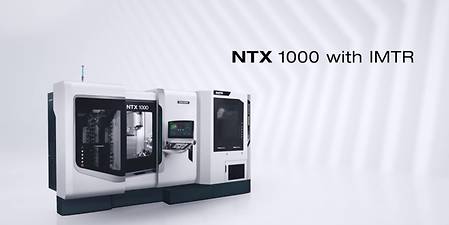

It reports on state-of-the-art WHASP systems, identifying key traits and research gaps. This research reviews and critically discusses salient published literature relating to the development of WHASPs, and identifies future avenues for research and development. Advanced numerical control (NC), and computer aided design (CAD), manufacture (CAM) and inspection (CAI) help to govern the process.

Many of these integrate additive directed energy deposition (DED) with subtractive CNC machining within a highly mobile multi-axis machine tool. The number of single platform workstations for hybrid additive and subtractive processes (WHASPs) is increasing. These techniques present significant opportunities to improve material utilisation, part complexity and quality management in functional parts. The ability to work, measure and then rework material enables the reincarnation and repair of damaged, high-value components. This facilitates the manufacture of internal, overhanging and high aspect ratio features with desirable geometric accuracy and surface characteristics. By synergistically combining additive and subtractive processes within a single workstation, the relative merits of each process may be harnessed.


 0 kommentar(er)
0 kommentar(er)
